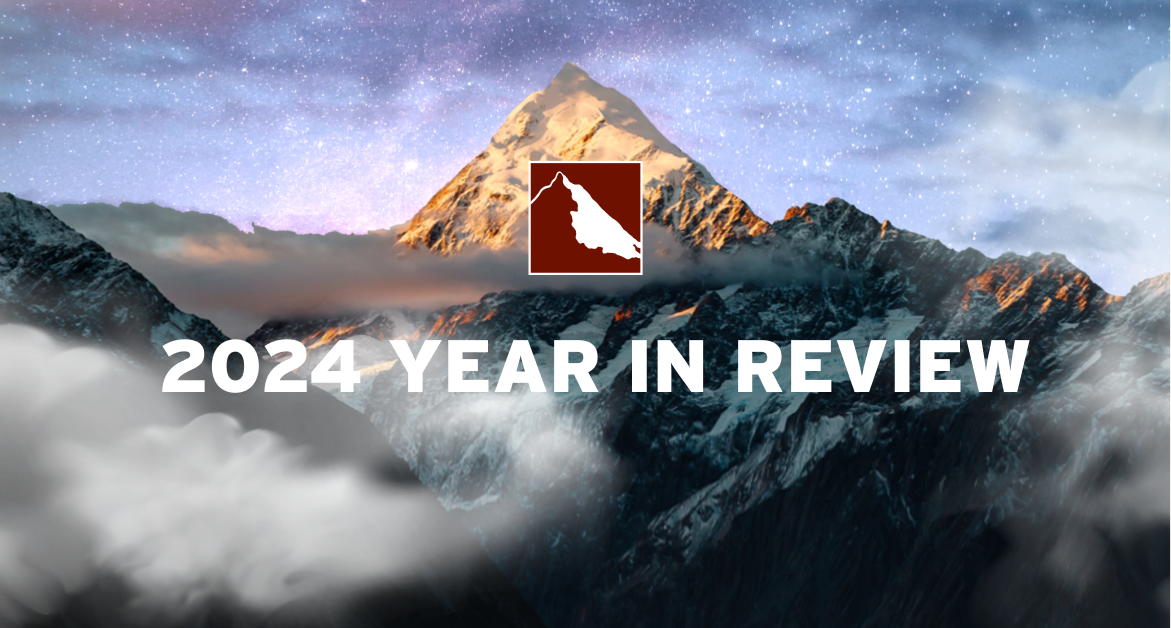This post was originally published by Jen Ribble on Jobvite.
Today’s talent acquisition professionals face challenges unlike any we’ve seen before. Employees may be located in diverse locations across the country, and even around the world. Remote work is becoming more mainstream. Teams that work together on a daily basis may seldom (if ever) gather in a single location. As a result, companies are rethinking their processes for recruiting, hiring, and onboarding new employees, and finding innovative ways to incorporate technology into the talent acquisition lifecycle.
Earlier this week, Jobvite hosted a webinar on this topic, led by Madeline Laurano of Aptitude Research Partners and a panel of talent acquisition leaders. The following are just a few of the key takeaways from this session:
The world of recruiting is changing fast.
In early April, Jobvite surveyed more than 200 recruiters on the state of hiring. Responses demonstrate just how quickly things are changing. More than 80% of respondents said they are changing their recruiting processes to better allow for remote hiring and remote candidates. Nearly half are using social media to advertise jobs, while 60% use the channel to promote their employer brand and connect with talent.
Talk, text, and chat are also accelerating in a big way. More than half of those surveyed say they’re making more phone calls to source candidates and nurture relationships. Nearly 30% send text messages as a follow-up to offer letters.
Perhaps the biggest change the survey revealed is related to the use of video. More than 60% of respondents now use video in the screening process, 80% are using video more than ever for interviewing, and over 70% say video is part of their onboarding process.
Hiring slowdowns present unique opportunities.
When hiring is slow, it’s a great time to audit your processes and find opportunities for improvement. Take a look at how your talent pipeline is organized in your CRM. Are you able to segment candidates based on the most useful factors for your organization? Can you easily retarget contacts for future opportunities? Do you have effective automated campaigns to stay connected with promising contacts?
Slow times also provide an opportunity to take a closer look at your employer brand. Social channels like LinkedIn have become increasingly important to the recruiting process, so make sure your profile effectively communicates your brand identity and culture. Use of engaging content (like video) can transform your company website and your social presence into a “living billboard” for your employer brand.
Chatbots are transforming the screening process.
New data from Aptitude Research Partners shows an increasing use of chatbots in qualifying candidates. Year over year, the percentage of companies who are investing or planning to invest in chatbots for hiring jumped from just seven percent to 36% — and 80% of those who use them are happy with the technology.
Chatbots can improve effectiveness and efficiency in the screening process. They are especially useful early in the process to screen for key qualifications, required skills, and availability for specific shifts — freeing up human recruiters to focus on the most qualified candidates. In addition, smart use of chatbots can improve the candidate experience, as they tend to increase the frequency and timeliness of communications.
Don’t neglect the offer (or rejection) process.
Talent professionals often focus their attention on sourcing, recruiting, and interviewing — but the process for making an offer (or issuing a rejection) is just as important to the candidate experience. For successful candidates, it’s critical to stay in touch and set appropriate expectations about the process moving forward.
Perhaps an even greater opportunity lies with the rejection process. Rejections are inevitable, but they can be done compassionately when you humanize the process. Consider implementing a series of communications to stay in touch with “silver medalist” candidates — especially for high volume roles. You’ll be able to hire more effectively the next time a position opens up if you don’t have to start from scratch.
Remote onboarding is challenging, but not impossible.
Traditional onboarding depends on face-to-face meetings and in-house training, but today’s remote environment requires companies to adapt their onboarding processes. Smart use of video can ensure that new employees feel welcome and prepared for the job they were hired to do. Remember that it can be harder to stay engaged in a virtual environment, so keep your video sessions concise and schedule plenty of breaks. Our blog post on remote onboarding has even more tips and advice for effective onboarding despite physical distance.
You can watch the full webinar for more even insights on the changing role of technology in talent acquisition, best practices for recruiting in a remote world, and what’s next for talent professionals. For more guidance on everything from communicating with employees to evaluating business processes, download our Guide to Remote Recruiting.





